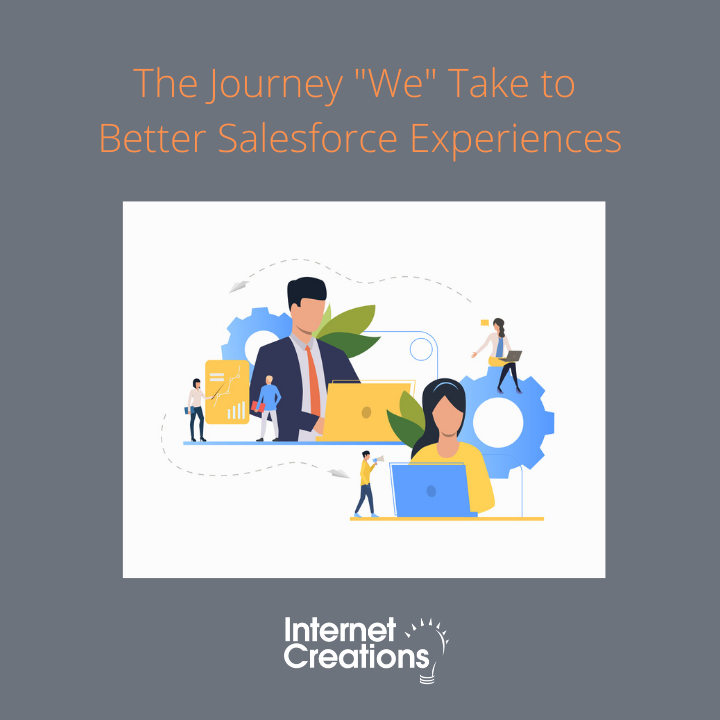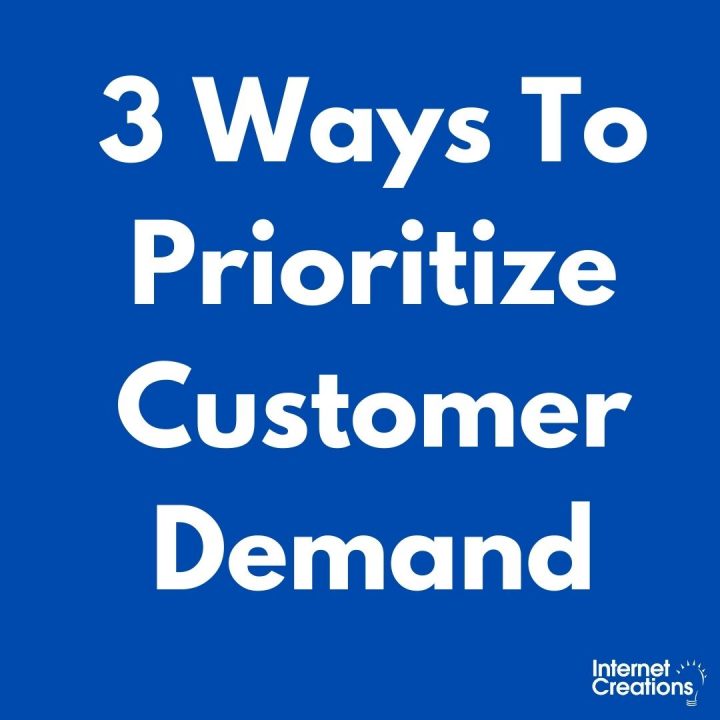Not Your Typical Dreamforce ’15 Takeaways

Most of the post-Dreamforce articles you’ve read by now probably focus on announcements, speaker keynotes, or other updates from the main events.
This is not one of those posts.
While that information is relevant and a major reason to attend Dreamforce, we were just as interested in hearing what attendees had to say, what they wanted to learn, and what they were getting out of the event—the “buzz,” if you will. And what could be more valuable than learning what your peers and prospects are looking to do with Salesforce?
Unsurprising, given that Salesforce impacts different roles in different ways, we found that the buzz shifted by job function. However, what attendees we spoke with had in common was a very practical focus on how Salesforce could tangibly impact their business goals.
Here are our three takeaways by job function from this year’s Dreamforce.
1. Senior management wants a complete 360-degree view of their customers, with all of their information in one place.
More companies are moving to being customer centric, and senior managers want to have all of the information about their customers in one place. This makes sense, with today’s focus on the Internet of Things and deriving actionable insights from meaningful data. Having all customer information in one place is appealing because it can drive decisions to help business grow and make customers happier. This drive for a 360-degree view is compelling more companies to consider moving more departments into Salesforce and having data reside there.
However, this 360-degree view is more like a 270-degree view for most companies. Why? Because they are missing key components of the customer experience, specifically accounting and finance. How frequently do your customers purchase? What are their preferred methods of payment? How often do your customers pay on time? If you don’t have this information visible in your organization, you do not have a complete 360-degree view of your customers.
Forward-looking companies that are aware of this massive gap in their information are trying to complete their 360-degree view of their customers by evaluating and implementing accounting systems in Salesforce. (Our CEO Chad Meyer covered this topic in a presentation at the Payments Summit during Dreamforce.) Accounting Seed is the vendor of choice due to its flexibility and extensibility.
Additionally, having Accounts Payable and Accounts Receivable in Salesforce is beneficial because you can quickly make decisions on extending credit, changing terms, and automating bill collection. Previous purchases and service requests can help predict and suggest additional products/services in an intelligent and automated way to drive new business.
2. Salesforce admins want to increase end user adoption through training.
Salesforce admins want to increase Salesforce user adoption in their organizations to justify their investments. The best method to accomplish this goal? Training.
ROI on the Salesforce platform first comes from end users adopting and using the software. Several admins we spoke with had attended sessions to learn how to train their end users to more effectively adopt Salesforce. This approach works because Salesforce end users typically use the platform more when they experience increased efficiency in their daily tasks.
Trailhead, Salesforce’s guided learning platform, continues to be of interest to admins as a training resource for themselves as well as their end users. The response to Trailhead was mostly positive. Many of the admins we spoke with appreciated Trailhead’s focus on interactivity, practical application, and self-paced learning. While many of the trails have significant time investments, it was generally considered time well spent.
Admins in forward-looking companies also had another reason to improve the Salesforce end user experience through training: They realized that a great Salesforce user experience is the key to a great customer experience.
3. IT managers want to know more about the Lightning Experience.
The recently announced Lightning Experience will be available for Sales Cloud in the Winter ’16 release come October. IT managers and other Salesforce professionals more focused on the technical side were interested in understanding the impact of Salesforce Lightning. Specifically, they wanted to know more about how ISVs were preparing for the transition.
Though much heralded, Salesforce Lightning is still in its infancy. For example, simple yet important functionality, such as sorting on Product, is missing. We also have little information about how Lightning will impact Service Cloud. Many of Lightning’s implications are unknown or require more thorough exploration.
Most anticipated among IT managers are the new Report capabilities, which seem to a be a middle ground between the current, standard reporting functionality and Wave Analytics. The new reports are not only beautiful, but also more customizable and easier to use.
Have a takeaway to add? Is your job function mentioned here, and do you think we missed the mark? Share your thoughts in the comments!
- Top 5 Lightning-Only Features in Winter ’20 That Will Increase Sales Productivity - October 3, 2019
- The 6 Best Features for Customized Productivity in Salesforce Lightning - June 8, 2018
- Not Your Typical Dreamforce ’15 Takeaways - October 6, 2015


